How to Build an Email Marketing Strategy for Wellness Businesses
Email marketing is still consistently offering the highest ROI of all marketing platforms. While it may feel a little outdated in the face of social media and other more modernized marketing platforms, email marketing is actually arguably the most important part of your marketing funnel.
When it comes to health and wellness brands in particular, it’s very important to nurture relationships and maintain a strong and consistent connection with each audience member. Delivering your messages directly to their inbox is proven to be the most effective way to do exactly that. Here are some tips for getting started in building out your email marketing strategy.
Set Up Automations
The best place to start when it comes to email marketing is the welcome series. You can build an automated journey that your audience enters immediately when they join your mailing list. Usually, this should be around three or four emails, delivered once per week, creating a total duration of about one month. The purpose of this automation is to provide information about your brand and the value you provide, ultimately to nurture cold leads into customers. So, it’s super important to keep your CTAs targeted and eye-catching.
If you host a lot of events as a speaker or otherwise, then it’s also a good idea to create a duplicate welcome series, customized with specific fields that make the series feel more personalized. For example, it could start like this: “Hello *First Name*, It was such a pleasure connecting with you recently at *Event Name*.”
From there, choose what other automations fit your brand and goals. Lost deals retargeting, past client outreach, highly-engaged subscribers, specific link clickers, etc.
Build a Newsletter
When developing your newsletter template, you’ll want to ensure that your emails contain valuable information, actionable insights, and/or useful resources. Your audience needs to feel like there is real value in spending the time to read your newsletters, otherwise they will just become inbox clutter.
Keep a consistent cadence. Depending on your audience and goals, we’d usually recommend once or twice per month. Be mindful that most newsletters that deliver too often (for example, weekly) can be perceived as spammy and therefore result in a high unsubscribe rate.
Use CTAs strategically, and sparingly. The more links you embed in your newsletter, means the more distractions from your main CTAs that really count. The best CTA is always a consultation or sales link, but it’s also beneficial to drive general traffic to your website through promoting blogs, podcasts, case studies, and so on.
Minimize the length of your newsletters, while still retaining maximum value. We all know that people’s attention spans are dwindling by the day. Nobody wants to open a newsletter like it’s a novel. It’s a balancing act between quick and to the point but also providing real value. If you feel like you want to expand on a topic more, it’s always a great idea to put it into a blog. Not only does this drive more traffic to your site through your newsletter, but also through Search Engine Optimization.
Don’t miss holiday marketing opportunities. The start of a new year is always a good marketing opportunity for wellness brands as people embark on their resolutions goals.
Speak to your audience's challenges or pain-points. Consider what solutions your brand provides to resolve their needs, and lead with that in each email. Of course, authenticity is key in this process
Focus on your footers. Your emails should always have some key information after your sign-off. Be sure to include an eye-catching consultation link, a link to your website and socials, and any other key resources that could help drive people further down your sales funnel.
Segment Your Audience
Audience segmentation is a great way to add an extra layer of strategy to your email marketing. Segmentation allows you to send more targeted campaigns. This added personalization means your audience will be more likely to act on your offers.
Some ways to segment include: current clients, past clients, lost deals, hot leads, highly-engaged subscribers, location-specific, age or gender demographics, event attendees, particular interests, and so on.
When developing your email marketing strategy, it’s very important to maintain a consistent tone of voice that is on-brand and relevant to your audience. It’s also important to have nice aesthetics, and again a strong cadence.
Email marketing is NOT something that any health and wellness brand should be skipping out on, period. If you’d like some help getting started, Social Canvas is here to help. Schedule a consultation here.

